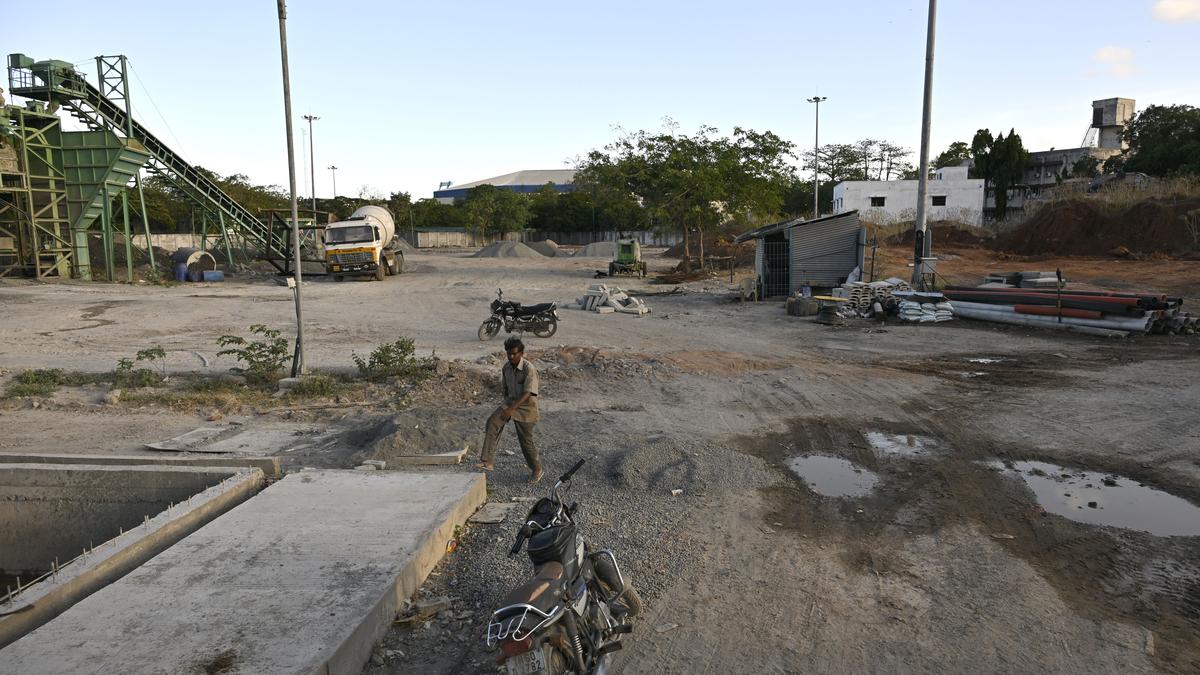
Houses for the poor in open spaces may prove difficult to implement
The Hindu
Chennai civic officials face pressure to address land alienation for housing the poor in open spaces post-election.
After several neighbourhoods threatened to boycott the Lok Sabha election, demanding construction of houses for the poor in open public spaces in the city, the issue of land alienation for construction of houses for the poor has grabbed the attention of the civic officials.
Once the model code of conduct is lifted next month, major decisions on land alienation are expected to be taken by the government. Urban planners have been opposing the utilisation of large open spaces, like Kannappar Thidal, for building houses. They point to the need for open spaces to deal with natural disasters.
Chennai Corporation Commissioner J. Radhakrishnan has already directed officials to identify more than 25 areas with open spaces, including the floodplains of the rivers, that are crucial for disaster preparedness. This year, the civic body has started working on disaster preparedness for the monsoon and the summer.
The voters of the Egmore Assembly constituency have been among the most vociferous in their demand for construction of houses for the poor in large open spaces. A large number of the voters, of the Scheduled Castes, have demanded houses. Egmore MLA I. Paranthaman has been holding talks with the residents and the civic officials to find a solution.
Political parties, including the national parties, have also supported the demand of the poor residents for houses in open spaces, discounting the need for open spaces to handle disasters. Corporation officials have objected to the utilisation of large open spaces for construction of houses for the poor, stressing that they are needed for building playgrounds and parks. Pulianthope resident Loganathan says a large number of residents have demanded houses in open spaces, like Kannappar Thidal. “The poor residents think that they will not get houses in Kannappar Thidal and have started losing hope. The locals constructed a temple in a space near Kannappar Thidal. Officials ordered the demolition of the temple, but the residents opposed the decision. Later, we used technology to raise the temple and relocate the structure a few metres away from the ramp of the Elephant Gate Bridge near Kannappar Thidal. This shows that the residents’ demand will be accepted,” he says.
G. Selva, Central Chennai district secretary of the CPI(M), says the residents of the neighbourhoods that are likely to be evicted for infrastructure projects are worried about resettlement in a location far away from their place of livelihood. “During the election campaign, the residents got an assurance that they would not be shifted and they would get houses in their localities. After the model code is lifted, the State government should build houses for the poor.”
“The State government has agreed to build houses in Kannappar Thidal. But the Tamil Nadu Urban Habitat Development Board has reportedly asked the poor residents to pay ₹5.5 lakh for the houses constructed in situ. There is a plan for obtaining private finance for the houses for the poor. This will create a debt trap. Housing is the right of the poor. It is also part of social justice,” he says.













